Can You Capture The Milky Way With A Point And Shoot Camera
A Beginner's Guide: How To Photograph The Milky Way
past Envira Gallery on November 30, 2021
A sight of the Milky Mode oftentimes leaves people awestruck. And as a lensman, you might want to capture this celestial miracle on your camera and freeze the moment for years to come. While in that location are thousands of images of the Galaxy out in that location, just some of them might be as fascinating as the original dazzling white bands that lite up the night sky. So what does it take to photograph the magnificence of the Milky Way in its true splendor? And is it even possible to photograph the Milky way without those high-end astrophotography gear? While many pursuing astrophotography might use telescopes or robotic heads specialized for the job along with expensive ultra-precision and CCD cameras, it is not impossible to capture the breathtaking dazzler of the Galaxy with the digital camera that yous might already accept (DSLR or mirrorless). In this web log, we offer y'all a few tips that could aid you photo this heavenly wonder with your gear as millions of stars come together to illuminate the dark sky.
What Is Milky Way Photography?
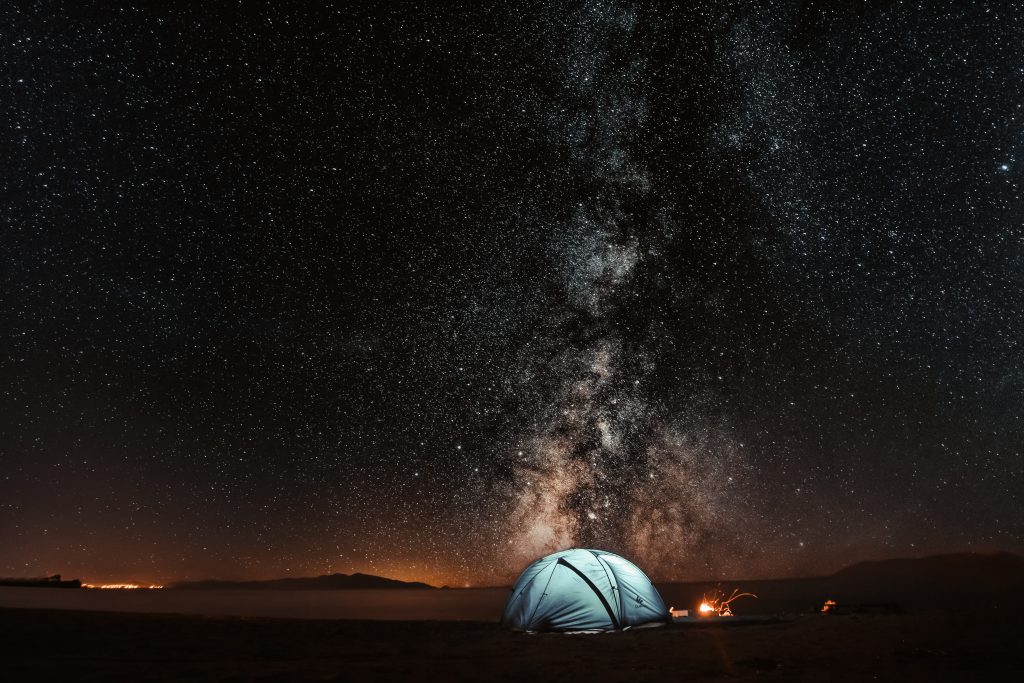
Astrophotography is a vast genre and includes photographing celestial events and imaging of whatsoever astronomical objects. But since we are only talking about the Milky way – the galaxy we live in – we tin't mayhap photograph all of it simply can but focus on that impressive illuminated streak in the dramatic night sky. The fact that the Milky Mode is predominantly photographed against the night sky possibly makes this scene both challenging and exciting for many photographers. And therefore, it is important that you choose your gear carefully and programme ahead to go those stunning images of this intriguing phenomenon.
Gear That You lot'll Need
1. Camera
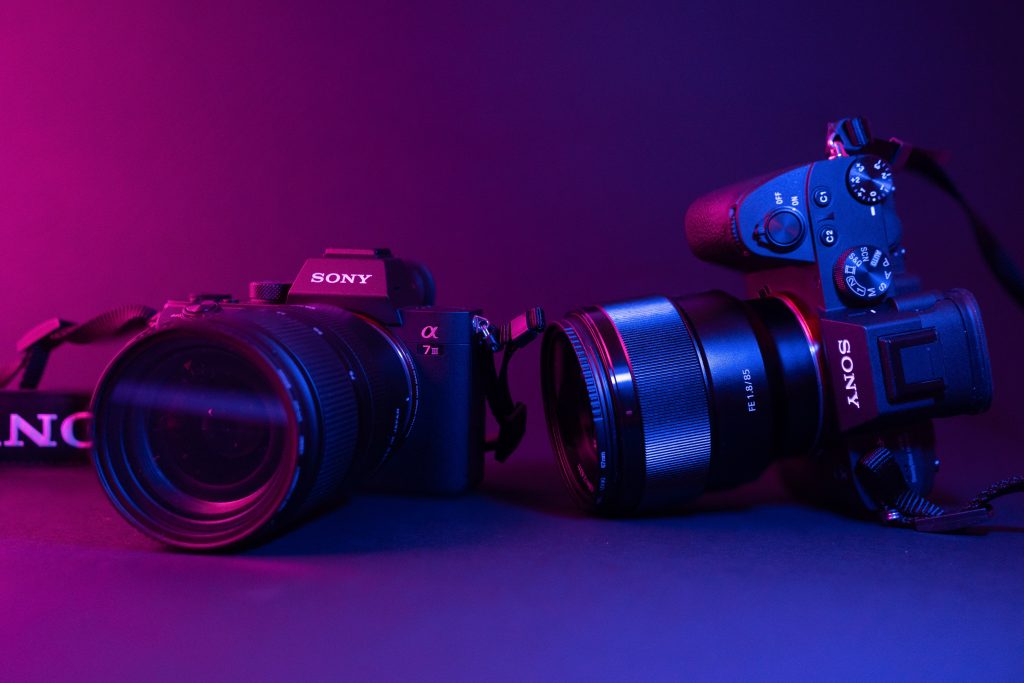
While you lot could even photograph the Milky Fashion on your smartphone these days, you might want to go with a camera that allows y'all to control the settings manually to capture this night scene. That way, your scene is likely to take more item, with your aperture, shutter speed, and ISO prepare according to your needs. Note that getting the focus right in the darkness of the night sky could be a claiming if shooting in autofocus mode. But, when shot in manual fashion, a good digital photographic camera (DSLR or mirrorless) could help you reduce noise to a big extent. Y'all could even go ahead with the point-and-shoot photographic camera that allows you manual controls. However, the image quality in such cases could be slightly compromised, especially if your point-and-shoot photographic camera has a smaller sensor. For those of you interested in more sophisticated gear, there are many astrophotography-friendly digital cameras bachelor in the market that could help y'all achieve your desired shot.
2. Fast Lens
A fast-aperture wide-angle lens camera (with a maximum aperture range of f/1.4-f/two.8) could be a good choice to photograph the Milky Way. In case you have a tedious lens or have to finish down your lens to achieve sharpness, you might have to increase the ISO. This tin can consequence in noise in your images, and that's why a fast lens would be platonic. And going for a lens that can handle depression light could be your best bet when photographing such scenes. Also, we suggest you lot cull fast prime lenses that perform well when wide open, equally capturing the vastness of the nighttime sky with a narrow view might be hard. And so, fast lenses like 20mm f/1.4, 14mm f/2.8, or 24mm f/1.iv, or Zoom lenses like 15-35mm f/2.eight could be your go-to options for dark photography.
3. Tripod
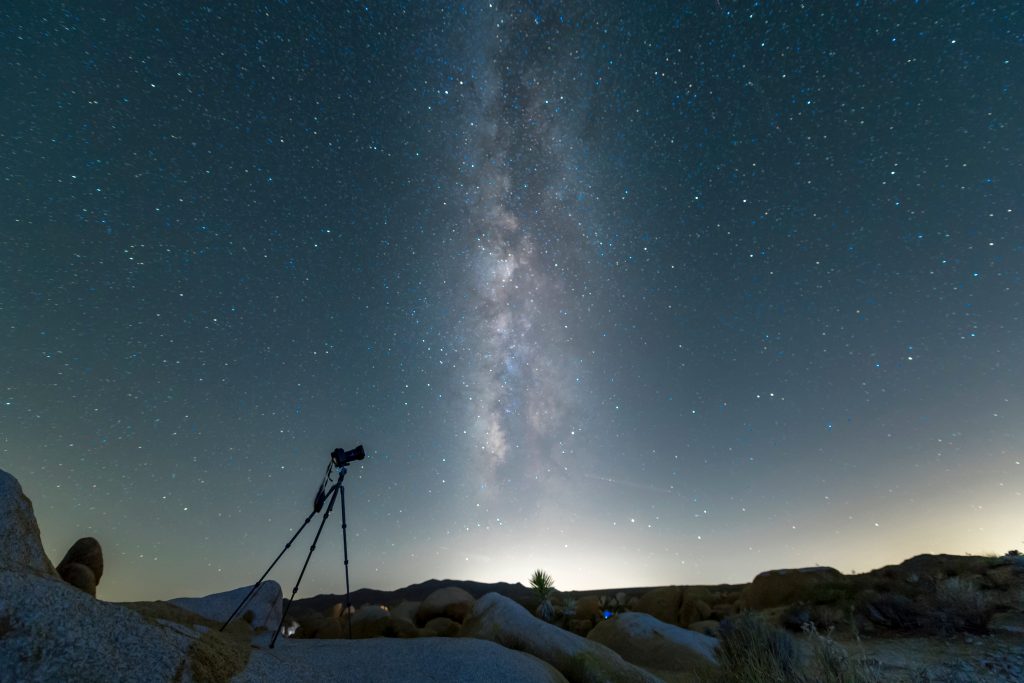
A tripod isn't an optional gear when it comes to Milky way photography. You may have to shoot long exposures upwardly to 15 seconds or more. Then it is important that y'all have a sturdy tripod to avoid the milk shake in your images equally you wait to capture the night drama. Every bit a photographer, you already know that hand-belongings your photographic camera for too long while shooting could event in blurry images, and you might too be aware that a lite tripod might not really serve the purpose. If it gets windy and the tripod begins to shake, you might non be able to photograph the Milky Fashion the way you want to. If you want to minimize the camera milk shake further, you lot could even consider using a remote shutter release or camera trigger or cable release.
iv. Flashlight
It would be night and dark when you venture out for Milky Way photography, so a flashlight could aid you find a good spot for you to take your position. Want to add together your own creative accept to your Galaxy images? If you take an interesting foreground, perchance you could use it for some light painting effect to give a different perspective to your photos.
5. Sky Mapping App
While this step is non mandatory, sky mapping could be really helpful when you are planning to photograph the Milky Manner. A expert sky mapping app will evidence you the exact position of the Milky Way on a particular mean solar day. This manner, you'll take the adventure to position your gear well and plan your shots in advance.
six. Image Post-Processing Software
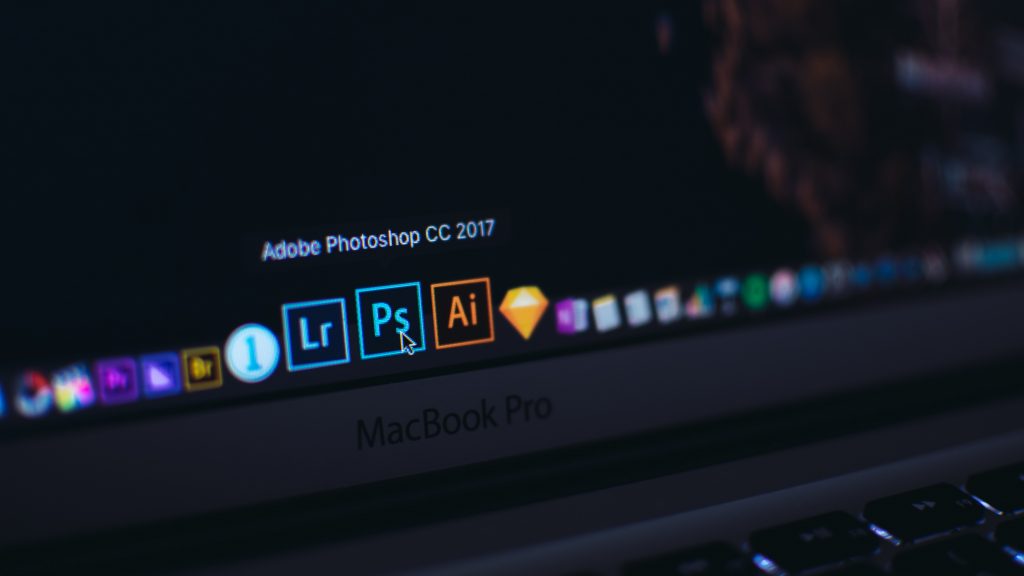
To get the best quality and detailed Milky way photos, you may want to post-process them, and that's why information technology'southward important for y'all to resort to proficient post-processing software. Also, post-processing plays a major role in astrophotography. So if you do not already have good software to assistance you raise your images in the editing stage, you may consider getting 1. Adobe Photoshop and Photoshop Elements are bang-up for astrophotography mail service-processing. Adobe Lightroom is also a good option. However, it might not exist every bit flexible equally Photoshop when information technology comes to tasks like advanced cloning or spot removal to eliminate any unwanted objects (think of an airplane, unless, of course, you want to add together it to your photograph!) from your images.
Steps To Photo The Galaxy
one. Await For A Night & Clear Sky
Yes, you read that right! Though you might recall you lot'd go a dark sky when the night falls, simply waiting for it might not be the all-time idea when planning to photograph the Milky way. A dark sky free of lite pollution is the most of import prerequisite to even see the Galaxy clearly. If yous've planned to photograph that gorgeous heaven from the large city you live in, you might have to reconsider your conclusion because the city lights and the poor air quality might leave you disappointed and narrow downwardly your chances to photograph the Milky Way. So what do y'all do? Perchance you could consider traveling to a nearby countryside where the blinding city lights and smog would not come in the way of creating those out-of-this-world shots (quite literally!).
Even forested areas, hilly terrains, or any other camping sites where the sky is darker and clear of pollution could be your ideal spot to get a glimpse of the incredible Milky Way. Likewise, call back that trying to shoot a Milky Manner on a full moon night might wash out your images. Therefore, trying to capture such scenes on a new moon night or when the moonrise is going to be really late is something you might want to consider. And, there are several apps to track the timings of the moonrise and even ones that assist you find a dark sky and show y'all a low-cal pollution map.
2. Consider The Flavor & Fourth dimension
The Milky Manner would non exist visible to the naked heart all year round in all parts of the world. In the Northern Hemisphere, the optimal fourth dimension to spot this natural phenomenon would be February through October, just the months when the Milky way is high up in the sky are between May and August. This is when y'all would find the Galaxy in the southern half of the sky while information technology rises from the east. At the same time, photographers in the Southern Hemisphere might have a little advantage when the Galactic Center – the central part of the Milky Way – could exist seen overhead.
At other times of the twelvemonth and seasons, the core of your celestial subject will not be visible. But you would still be able to take photos of the fainter parts of the Milky way, provided you have a articulate night sky. Again, you tin can have the help of the Galaxy agenda or similar apps to know the rising and setting time of the nighttime sky and the Milky Way.
iii. Composing Your Paradigm
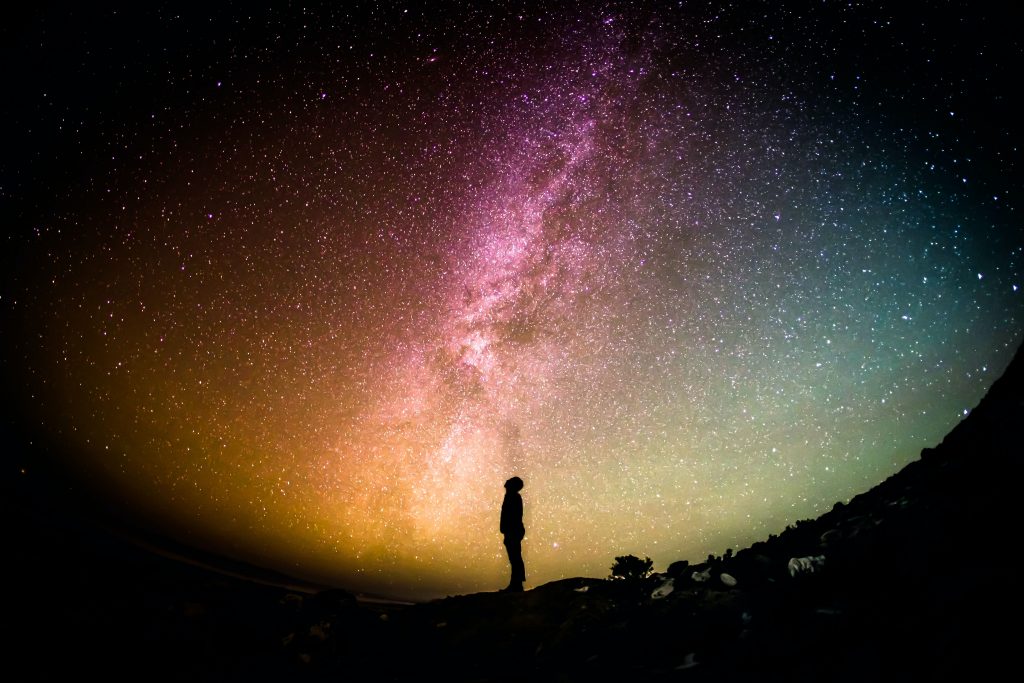
Once you lot've found the right place and right fourth dimension for your Milky Way photography, you lot tin brainstorm composing your shots with the help of all the gear we mentioned before. Though at that place's no right or wrong way of doing it and you could merely follow whatsoever basic photography techniques, you could still endeavor creating a sense of depth in your shots by framing them in the mural orientation. Keeping the Milky Manner in the groundwork while including trees, rocks, mountains, or people in the foreground might not only bring a sense of the depth of field in your image simply also add together some interesting elements to your photo.
4. Cull Your ISO
To photograph the Milky way, you will need a high ISO to collect enough light to ensure your image is bright and articulate. ISO 3200 could be a good point for you lot to begin. Based on your other photographic camera settings, you lot may make adjustments to the ISO later. You could bump upwardly the ISO to 6400 according to your lens capabilities and lighting (and air quality) conditions.
5. Set The Shutter Speed
Earth keeps rotating even though nosotros don't really feel it, then leaving your shutter open for as well long or having a depression shutter speed can result in star trails. Information technology would be perfect if that's the effect you desire in your Galaxy photos. But to become a precipitous and clear image of the stars, you could follow the '500 Rule'. This means you will divide 500 by the focal length of your camera lens. For instance, for a 24mm lens (on a full-frame camera), you volition divide 500 by 24, resulting in a value of 20.83 (500/24 = xx.83). Based on this calculation, you tin set up your shutter speed at 20 seconds.
If y'all are using a crop sensor camera, you'll accept to business relationship for the ingather factor. A camera with a crop gene of 1.5 will take an effective focal length of 36mm if you are using a 24mm lens (24×one.5 = 36). Applying the '500 Rule' here will give you a shutter speed of 13 seconds.
6. Choose A Broad Open up Aperture
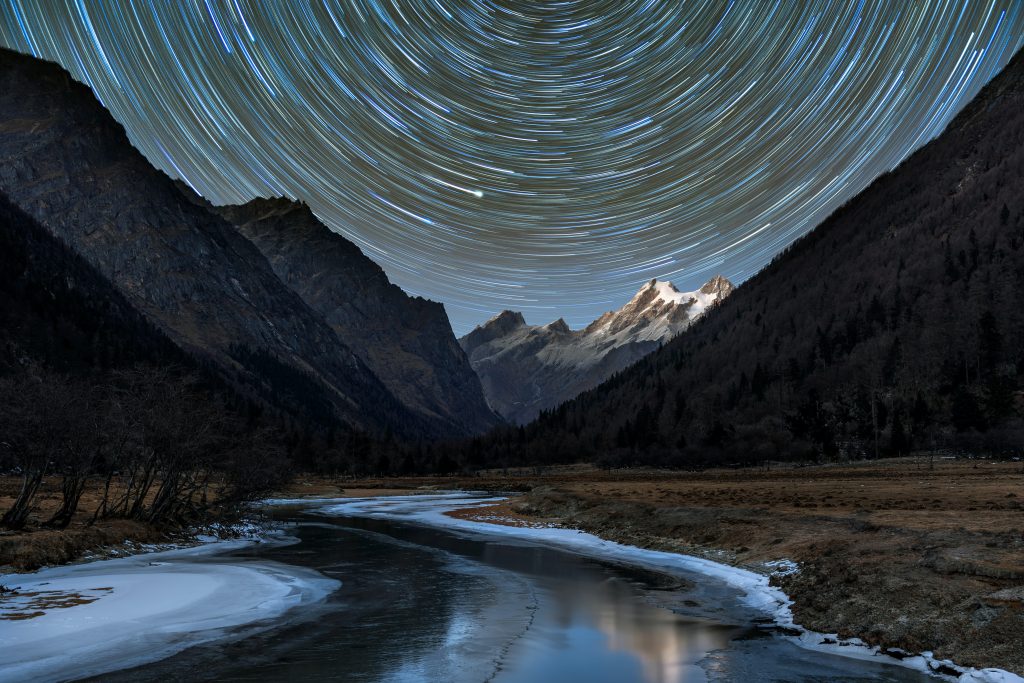
A broad-open aperture simply means collecting every bit much light every bit possible to photograph the Milky Style and that'due south probably what yous demand. So, y'all can employ f/2.viii or the widest aperture possible for your lens to get quality images. If you see any significant softness in your lens, you may finish your lens downwardly. Again, this is the reason why information technology's important to employ a fast lens. So, if your lens is soft at f/1.iv, you can acuminate your Milky way photo by stopping down to f/2. This will also save you from impacting your lens'southward ability to assemble light.
7. Cheque Exposure
If you aren't very happy with what you've got at your get-go shot, y'all might try adjusting all the other photographic camera settings first before worrying near the exposure. If you run across at that place's likewise much dissonance, simply decrease the ISO. If your shot is overexposed, nosotros advise yous take a look at your surroundings and see if there's light pollution. Now, yous may bring down the shutter speed, subtract the ISO, or stop downward the lens. If your shot is underexposed, check if you've not been using the widest discontinuity possible for your lens and so, increment the shutter speed. You may also increase the ISO. When everything else is taken care of, you can begin with a ten-2d exposure for your shots. You may consider increasing the exposure fourth dimension if you want to experiment and get more light in your shots.
Post-Processing Your Milky Mode Images
Once you've got those scenic Milky Way photos, you might want to raise their quality past post-processing them. Also, if you captured some unwanted objects or satellite trails in your otherwise perfect pictures, image editing could help you go rid of those. Getting the best possible exposure for your images and shooting in RAW format could brand editing your Milky Way images easier.
If you think there'southward still some telescopic of comeback when information technology comes to exposure, you may make adjustments with the exposure slider while editing your prototype on post-processing software. The other global changes that y'all could make are adjusting the white balance, reducing racket, increasing sharpness, and making appropriate adjustments to colour, contrast, saturation, and brightness. However, ensure that you do not lose shadow details in the process.
For artistic editing, you lot can try the image blending techniques such every bit image averaging, focus stacking, and time blending. Through these techniques, yous tin alloy multiple images to become that one perfect Milky Way prototype. Fourth dimension blending allows you to blend multiple images taken at different times of the solar day. Focus stacking lets you extend the depth of field in your prototype past blending several images of the same scene that were taken with varying focal lengths. Prototype averaging tin can be done in specialized software and is helpful in reducing dissonance in nighttime photos.
Further Read: 11 Powerful Travel Photography Tips for Capturing Ballsy Photos
Milky way photography has its share of challenges and might take you some fourth dimension to go comfortable with all the techniques and tricks before you could capture the dazzler of a million stars in one frame with perfection. But if done the right fashion, these images could get out your audience gaping and transport the viewer to another earth. Be it picking upwards the correct gear to capture the Milky way, zeroing in on the platonic fourth dimension to spot it, or getting the perfect exposure to shoot it the way you want, Milky Style photography allows you to experiment with the form in a number of ways. And, the more you practice, the meliorate you lot'll get in agreement how to photograph this surreal and striking natural miracle as you lot aim for the stars each fourth dimension – or aim at the stars in this case! We promise you found the points discussed above resourceful. If y'all have whatever unique fashion of photographing the Milky Style or are aware of any location that offers a clear view of this scenic sight, let us know in the comments section below.
Using WordPress and want to get Envira Gallery free?
Envira Gallery helps photographers create beautiful photograph and video galleries in just a few clicks so that they can showcase and sell their work.
Source: https://enviragallery.com/photograph-the-milky-way/
Posted by: preusserforthand.blogspot.com



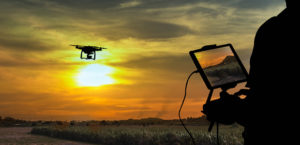

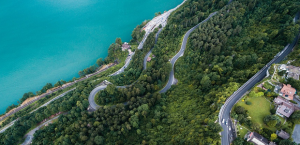

0 Response to "Can You Capture The Milky Way With A Point And Shoot Camera"
Post a Comment